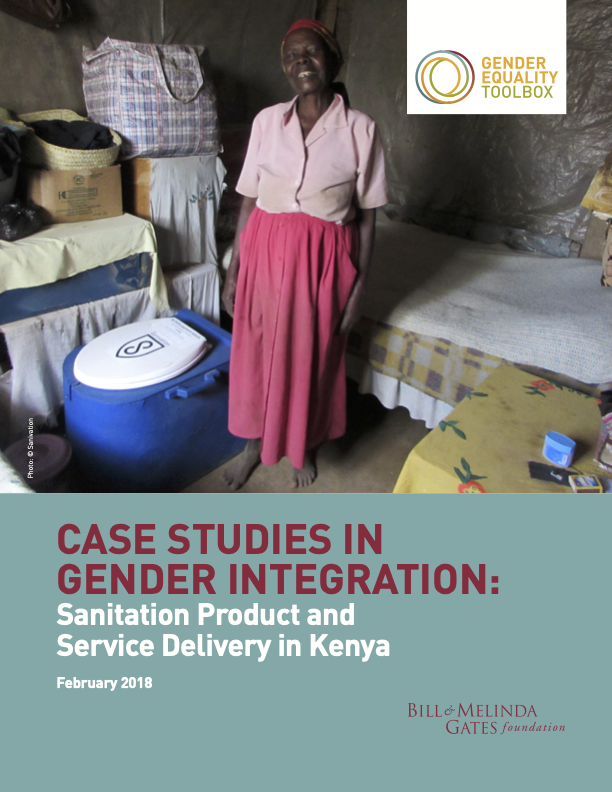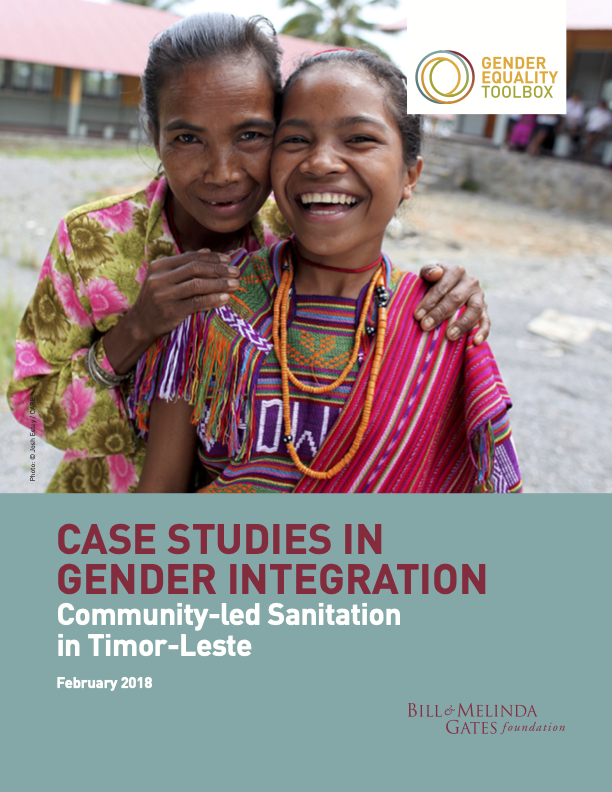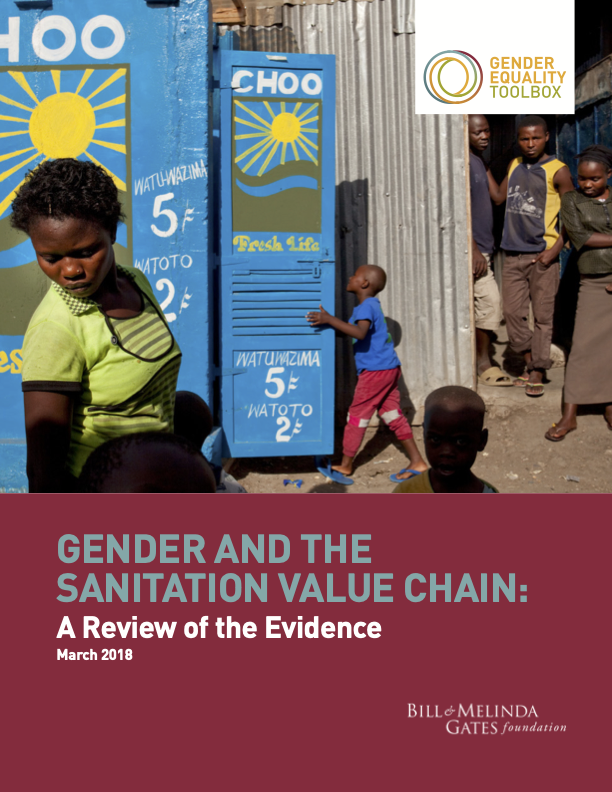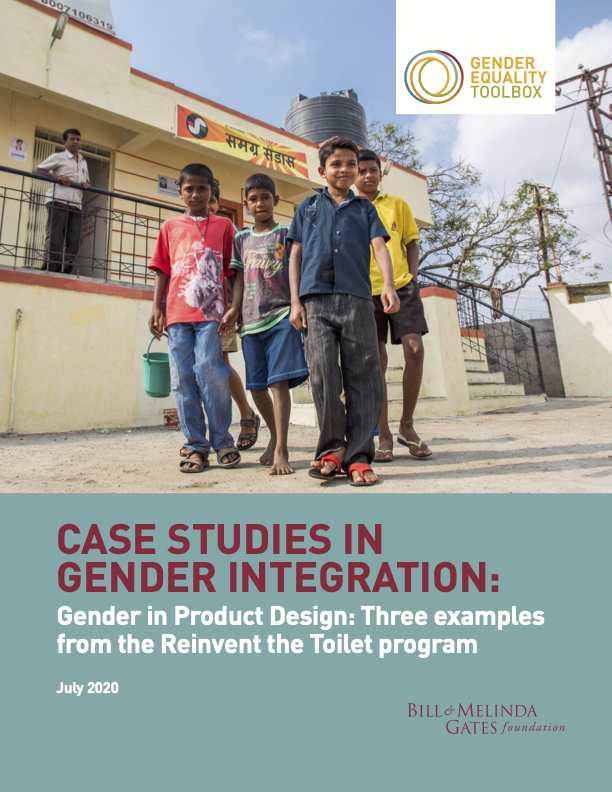
Gender Case Study Sanitation Product & Service Delivery May 2018
This case provides an example of a social enterprise that worked to change its sanitation product and service delivery to account for gender differences and barriers to access in Kenya.
Download Gender Case Study Sanitation Product & Service Delivery May 2018

Gender Case Study Market-Based Sanitation Solutions May 2018
This case study interrogates the ways in which gender matters across the sanitation value chain. The case is an example of a program that aims to address gender in the sanitation marketplace to promote equal economic opportunities and increased empowerment for women in rural Cambodia.
Download Gender Case Study Market-Based Sanitation Solutions May 2018

Gender Case Study Community-Led Sanitation May 2018
This case study focuses on the influence of gender on community-based sanitation programs targeting user decisions and behavior change. It analyzes a program in Timor-Leste that aimed to build the capacity of community facilitators to address gender-related issues.
Download Gender Case Study Community-Led Sanitation May 2018

Gender and the Sanitation Value Chain: A Review of the Evidence, March 2018
This report is the first in a series of evidence reviews commissioned by the foundation to highlight how gender influences development outcomes across sectors. This report seeks to uncover the evidence on gender differences in the sanitation value chain to show why gender matters across this sector.
Download Gender and the Sanitation Value Chain: A Review of the Evidence, March 2018

Gender in Product Design: Three examples from the Reinvent the Toilet program, July 2020
This case study was developed to help raise awareness of gendered barriers and gaps in product development and what roles they play within the product development process. Awareness of these gendered gaps and barriers should, but not always, play a significant role in product development and service design and delivery as governments and implementers look to fill the gap of sanitation coverage in emerging markets. To fully understand the role gender plays in sanitation, it is important to look beyond just biological (i.e., sex) differences and consider how cultural practices, beliefs, and norms related to gender and sanitation affect everyone. This case study is centered around understanding the importance of this.
Download Gender in Product Design: Three examples from the Reinvent the Toilet program, July 2020